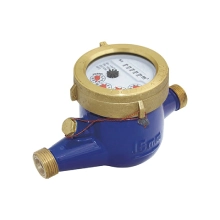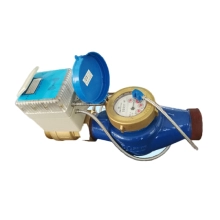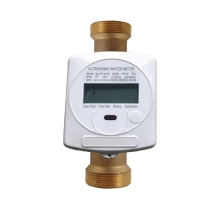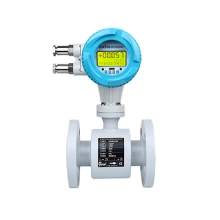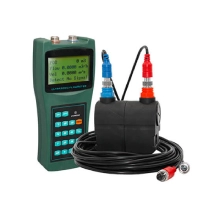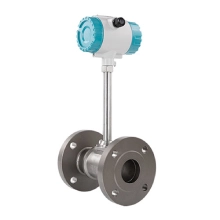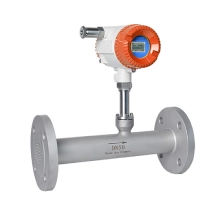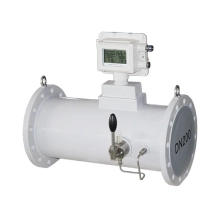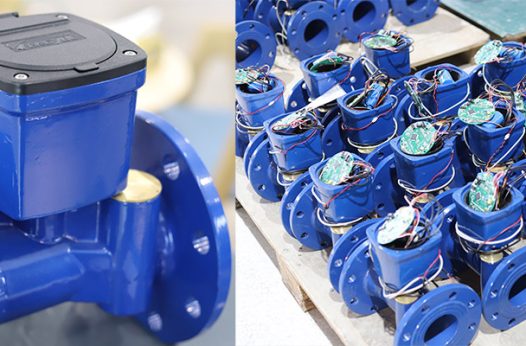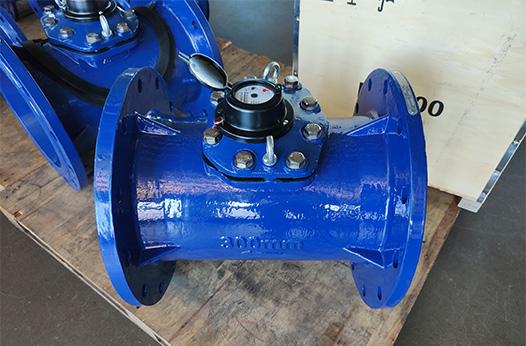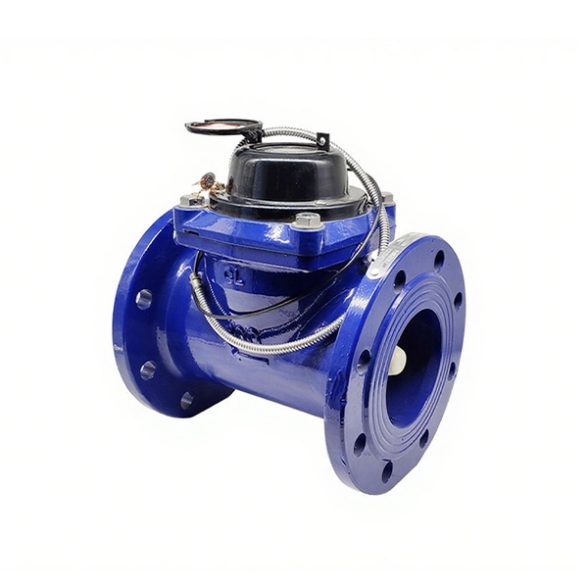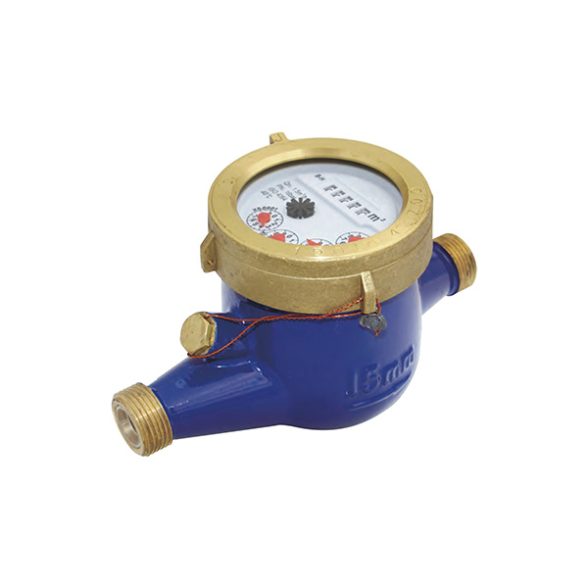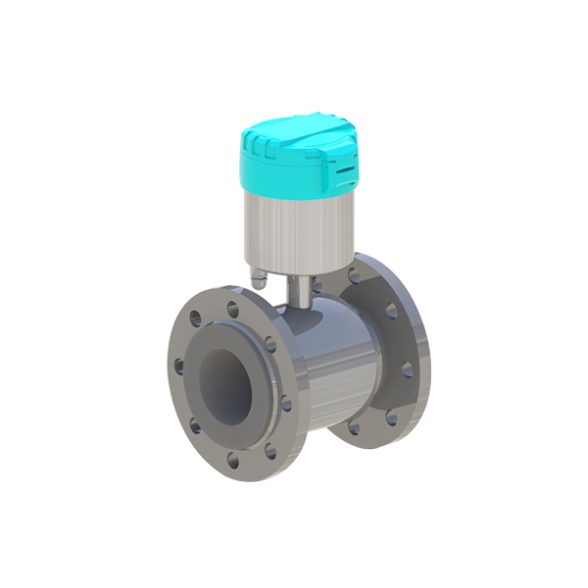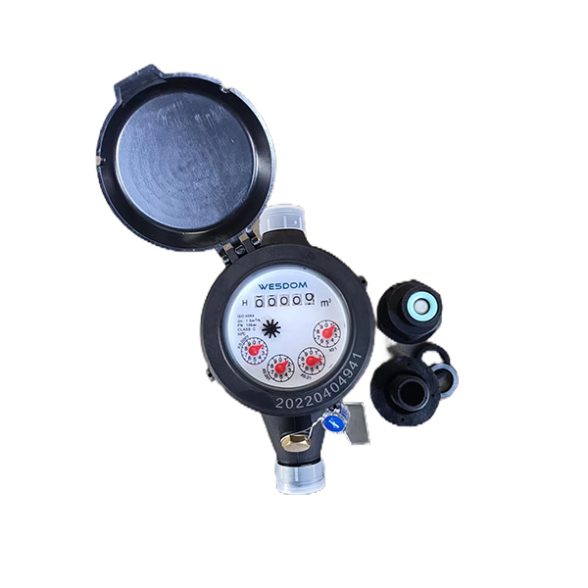Importance & Basic Parameters of Flow Meter Sizing
This article is about Flow meter size selection;Flow meter sizing parameters.WESDUN matches you with high-quality flow meters.
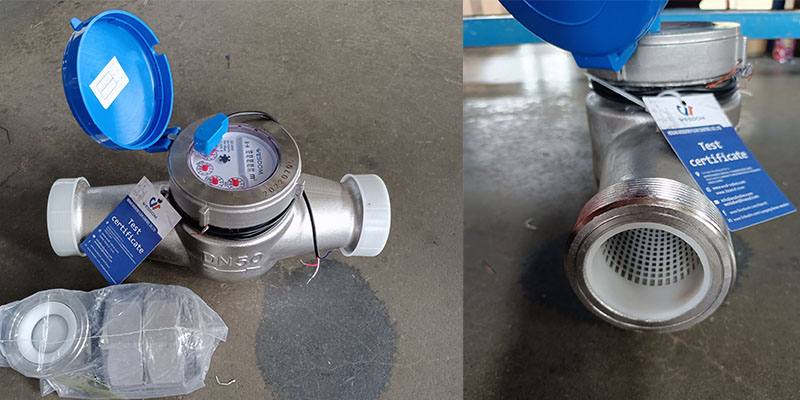
The selection of flow meters is of utmost importance.
Choosing the appropriate size of a flow meter is no trivial matter – it directly affects the reliability and efficiency of the entire fluid measurement system.
Firstly, incorrect selection can lead to measurement errors, resulting in unstable data readings that cannot be used for reliable process control or data analysis. Additionally, an incorrect selection can cause excessive pressure loss, and over time, the accumulated additional pressure may damage the pipeline and other downstream components. Incompatible specifications can disrupt the natural flow pattern of the fluid, causing turbulence or dead zones. These issues not only reduce measurement accuracy but also increase the risk of blockage or wear – especially in systems transporting abrasive fluids such as slurry.
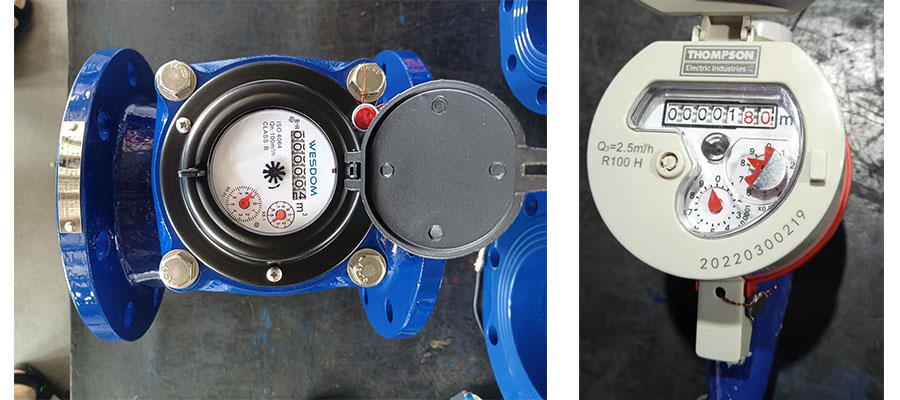
The selection should determine the basic parameters
Before selecting a flow meter, four sets of key data must be collected – without these data, even the most advanced selection tools cannot provide accurate results.
Actual flow range. It is necessary to determine the minimum and maximum flow values that the system may encounter, not just the “normal” operating flow. For example, the normal flow rate in a water treatment plant may be 50 L/min, but during peak hours it may reach 70 L/min – ignoring peak flow rates will result in insufficient selection.
Fluid characteristics. Density affects the interaction between the fluid and the internal components of the flow meter (such as turbine blades or ultrasonic transducers). Viscosity is crucial for high-viscosity fluids such as oil or syrup. The phase state of the fluid (liquid, gas, or a two-phase mixture) also determines compatibility.
For example, a flow meter designed for liquids cannot measure gases. Pipe diameter includes nominal diameter and actual inner diameter (ID). The nominal diameter (such as DN50) is a standard designation, but the actual inner diameter varies depending on the pipe material (such as PVC and steel). Using only the nominal diameter may result in a flow meter not matching the pipeline, causing leakage or flow interruption.
System operating pressure and temperature. High-pressure environments require flow meters with matching pressure ratings – undersized flow meters may rupture under pressure.
Table 1: Key Basic Parameters for Flow Meter Sizing
| Parameter Category | Specific Requirements | Examples |
| Actual Flow Range | Include minimum, normal, and maximum flow rates; add 10%-20% buffer for peaks. | Water plant: Normal = 50 L/min, Peak = 70 L/min; Chemical line: Normal = 200 m³/h, Peak = 230 m³/h |
| Fluid Properties | 1. Density (affects component interaction)2. Viscosity (high viscosity needs larger size)3. Phase state (liquid/gas/two-phase) | 1. Natural gas (0.7 kg/m³) vs. LPG (580 kg/m³)2. Motor oil (high viscosity) vs. water (low viscosity)3. Steam (gas) vs. slurry (two-phase) |
| Pipeline Diameter | Use both nominal diameter (standard label) and actual inner diameter (ID, varies by material). | Nominal DN50: PVC pipe actual ID = 93.6 mm; Steel pipe actual ID = 91 mm |
| Operating Conditions | 1. Pressure (match meter pressure rating)2. Temperature (affects material & fluid viscosity) | 1. High-pressure system (500 psi) needs 2-inch meter (600 psi rating)2. Hot water (80°C) vs. cold water (10°C) (viscosity difference) |
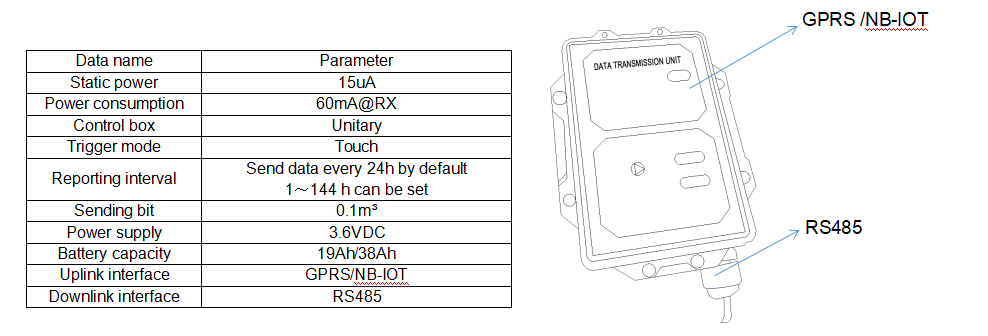
Tools, pitfalls, and verification methods for size determination
Use the manufacturer’s size calculation tools
First, you can use flow meter selection software. Most large manufacturers (such as KEYENCE, FUJI ELECTRIC, EMERSON) offer free online tools or downloadable software. These tools require input of parameters such as flow range, fluid characteristics, and operating conditions, and then generate a list of recommended sizes and models.
For example, KEYENCE’s flow meter selection tool allows you to input viscosity and pipe diameter, and then recommends the best size for an ultrasonic meter. It is important to note that the tools provided by manufacturers simplify the size calculation process, but accurate input is still required to obtain reliable results.
Cross-verify the results with ISA instrument standards. The International Society for Automation (ISA) has published standards for flow meter size and installation (such as ISA-5.1). Compare the manufacturer’s recommended size with ISA (American Industrial Standards Association) specifications – for example, ISA recommends that the straight pipe length of the pipeline should be at least a certain length before using a vortex flow meter; if the manufacturer’s recommended size requires a shorter straight pipe length, you may need to make adjustments.
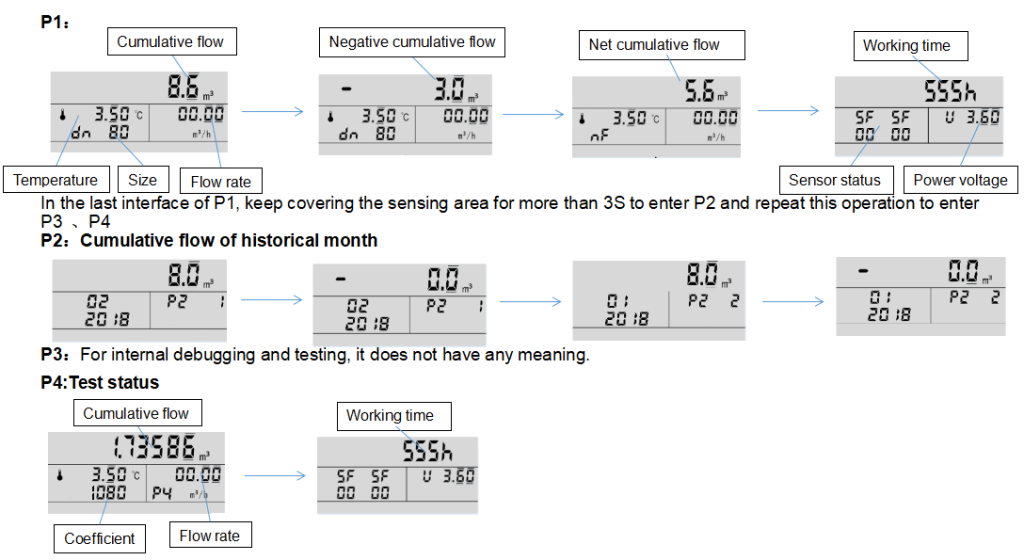
Avoid selecting the wrong size
Do not simply choose the size based on the pipe diameter. The most common mistake is: thinking that a 2-inch pipe requires a 2-inch flow meter. However, if the flow rate is too low for a 2-inch flow meter, it will perform poorly. Always prioritize the flow range over the pipe size – you can use a reducer/expander (if necessary) to connect a smaller/larger flow meter to the pipeline.
Do not overlook the minimum flow rate requirement. Flow meters have a minimum flow rate at which they can accurately measure (for example, a turbine flow meter may require at least 10 liters/minute). If the minimum flow rate of your system is 5 liters/minute, a flow meter with a size of 10-100 liters/minute will give unreliable readings at 5 liters/minute. Choose a flow meter with a minimum flow rate lower than the expected minimum flow rate of your system.
Do not ignore the issue of fluid phase change. Two-phase flow (such as bubbles in a liquid or liquid droplets in a gas) is common, but it can cause damage to an improperly sized flow meter. If the flow meter is designed for pure liquids, it will perform poorly if air bubbles enter it – you may need a larger flow meter with a phase separator or a dedicated two-phase flow meter as a replacement. So always confirm whether the system has the possibility of phase change.
Core factors influencing flow meter selection
determine the flow range
The flow range is the basis for selection. If this part is problematic, the subsequent process will be meaningless.
- consider referring to the process design documents
such as P&ID or process flow diagrams. These documents clearly define the expected normal flow of the system – that is, the reference value. For example, in a chemical plant design, the normal flow of the solvent transportation pipeline may be specified as 200 m³/h.
- consider the peak flow fluctuations
Most systems will have instantaneous peaks due to equipment startup, demand surges, or batch processing. A buffer value of 10%-20% can be added to the normal flow to cope with the peaks. For example, if the normal flow is 200 m³/h, then a 15% buffer value will set the maximum flow at 230 m³/h.
- ensure that the range ratio of the flow meter covers the calculated range
The range ratio refers to the ratio of the maximum measurable flow to the minimum measurable flow (for example, 10:1 indicates that the flow meter can measure 20 m³/h to 200 m³/h). If the calculated range is 50-230 m³/h, a flow meter with a range ratio of at least 5:1 (230 ÷ 50 = 4.6) should be selected to avoid over-range readings.
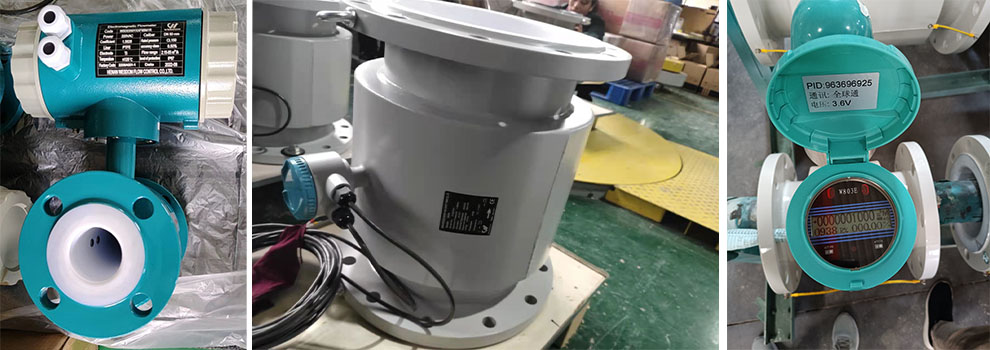
Fluid viscosity can affect the size of the flow meter
Viscosity is a hidden variable that can cause deviations in the size selection of the flow meter, especially for non-Newtonian fluids (such as paint, sludge) or high-viscosity liquids (such as heavy oil).
For viscous fluids, a larger-sized flow meter should be selected. Because viscous fluid flow speed is slower and the generated friction force is greater – a flow meter with too small a size will amplify this friction force, resulting in increased pressure loss and inaccurate readings. For example, a 2-inch flow meter may be suitable for water (low viscosity), but a 3-inch flow meter is required for engine oil (high viscosity) to maintain smooth flow.
At the same time, match the flow meter size based on the viscosity data to avoid laminar flow. Laminar flow is a slow, stratified fluid movement that occurs when the viscosity is high and the flow speed is low, which interferes with the flow meter’s ability to detect the flow.
Finally, the Reynolds number calculation can be used to verify the applicability. The Reynolds number (Re) predicts the flow state (laminar or turbulent). For most flow meters (such as vortex flow meters, turbine flow meters), turbulent (Re > 4000) is the ideal state for achieving high accuracy. If the Reynolds number is too low (laminar flow), the flow meter may not work properly, and then the size of the flow meter needs to be increased to increase the flow rate and Reynolds number.
Table 2: Fluid Viscosity & Flow Meter Size Matching Guide
| Fluid Type | Viscosity Range (cP) | Recommended Meter Size Adjustment | Key Considerations |
| Low-Viscosity Fluids | < 100 cP | Use standard size based on flow range (no extra adjustment). | e.g., Water, gasoline; Turbulent flow (Re > 4000) is easy to maintain. |
| Medium-Viscosity Fluids | 100–1000 cP | Increase size by 1 规格 (e.g., from 2-inch to 3-inch). | e.g., Light oil, syrup; Avoid laminar flow—check Reynolds number. |
| High-Viscosity Fluids | > 1000 cP | Increase size by 2–3 规格 (e.g., from 2-inch to 4-inch). | e.g., Heavy oil, molten plastic; Use viscosity charts from manufacturers. |
| Non-Newtonian Fluids | Variable (depends on shear rate) | Size based on maximum viscosity (static state). | e.g., Paint, sludge; Account for viscosity changes during flow (e.g., shear thinning). |
Match the flow meter size to the pipe diameter
The inner diameter of the flow meter should be as close as possible to the inner diameter of the pipe. Do not overly reduce the size of the flow meter for small-diameter pipes. Although using a smaller flow meter to “save space” is tempting, it will create a bottleneck. For example, a 1-inch pipe paired with a ½-inch flow meter will force the fluid to accelerate sharply, resulting in turbulence and pressure loss.
The correct approach is to select a flowmeter whose size differs from the pipe size by no more than one level. If there is a large gap (such as a 2-inch pipe diameter paired with a 1.5-inch flowmeter diameter), it will create steps in the flow path, causing the fluid to generate vortices. These vortices will interfere with the measurement and exacerbate the wear at the flowmeter inlet.
Impact of operating conditions
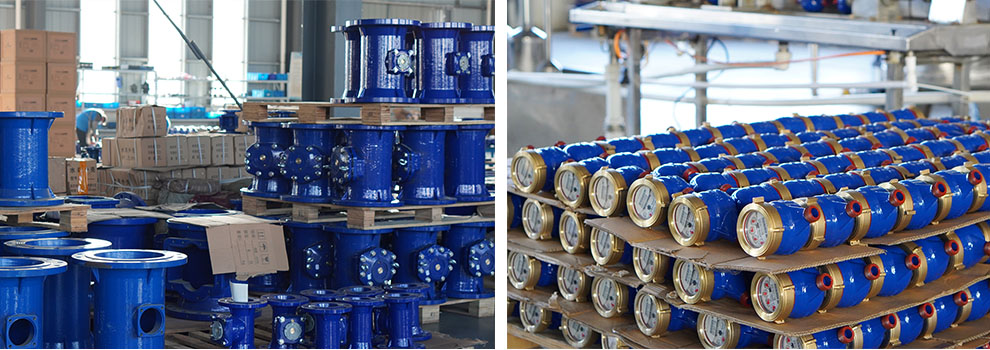
High pressure effect. For high-pressure systems, the flowmeter size should match the pressure rating. The pressure rating is related to the size and material. For the same material, the larger the size of the flowmeter, the lower the pressure rating may be.
For example, a 3-inch stainless steel flowmeter with a pressure rating of 300 pounds per square inch may not be usable in a 500 pounds per square inch system; therefore, a smaller flowmeter with a 2-inch diameter and a pressure rating of 600 pounds per square inch is needed to meet the pressure requirements.
Temperature variation effect. High temperatures cause the flowmeter material to expand or weaken (for example, plastic flowmeters may deform when the temperature exceeds 100 degrees Celsius). This means a larger flowmeter made of heat-resistant materials (such as Hastelloy alloy) is needed instead of a smaller plastic flowmeter. Low temperatures cause the fluid to thicken, requiring a larger size to maintain the flow rate.
Corrosive effect. Corrosive fluids require flowmeters made of corrosion-resistant materials. Even if the size is appropriate, corrosive fluids (such as acids, seawater) will erode the components of the flowmeter. For example, a 2-inch carbon steel flowmeter in a seawater system will be corroded, which requires a 2-inch titanium or PVC-made flowmeter. Before determining the size, ensure that the material is compatible with the fluid.
Once all the above conditions are met, the measurement instrument needs to be tested under actual usage conditions, and only then will the final size be determined.
Table 3: Common Flow Meter Sizing Mistakes & Avoidance Methods
| Common Mistake | Potential Consequences | Avoidance Methods |
| Sizing solely based on pipeline nominal diameter | Oversized: Low velocity → inaccurate readings; Undersized: High pressure loss → pump overload. | Prioritize flow range over pipe size; Use reducers/expanders if size differs. |
| Ignoring minimum flow rate requirements | Meter can’t detect low flow → missing data; Erratic readings at low system load. | Check meter’s minimum measurable flow; Ensure it’s lower than system’s minimum flow. |
| Overlooking fluid phase changes | Two-phase flow (gas bubbles/liquid droplets) → sensor damage; Severe measurement errors. | Use specialized two-phase flow meters; Install phase separators if needed. |
| Incorrect viscosity input in sizing tools | Wrong size recommendation → High pressure loss (undersized) or low accuracy (oversized). | Double-check viscosity units (cP/cSt); Use fluid test data if unsure. |
| Ignoring pressure/temperature ratings | High pressure: Meter cracking; High temperature: Material warping → leakage. | Match meter pressure/temperature rating to system conditions; Choose heat-resistant materials (e.g., Hastelloy). |

